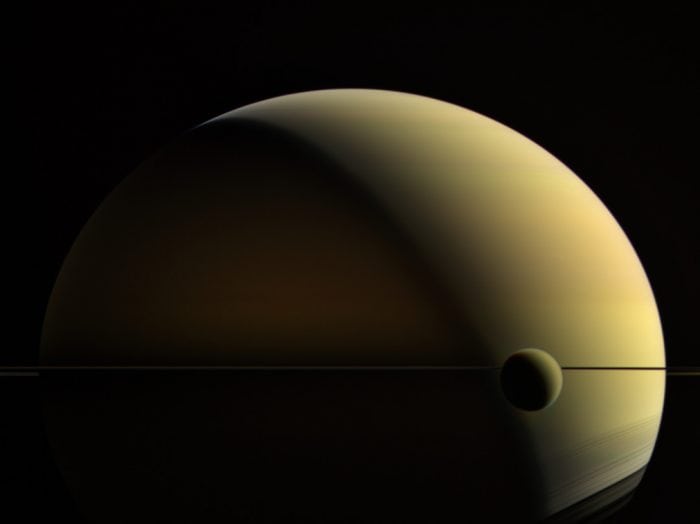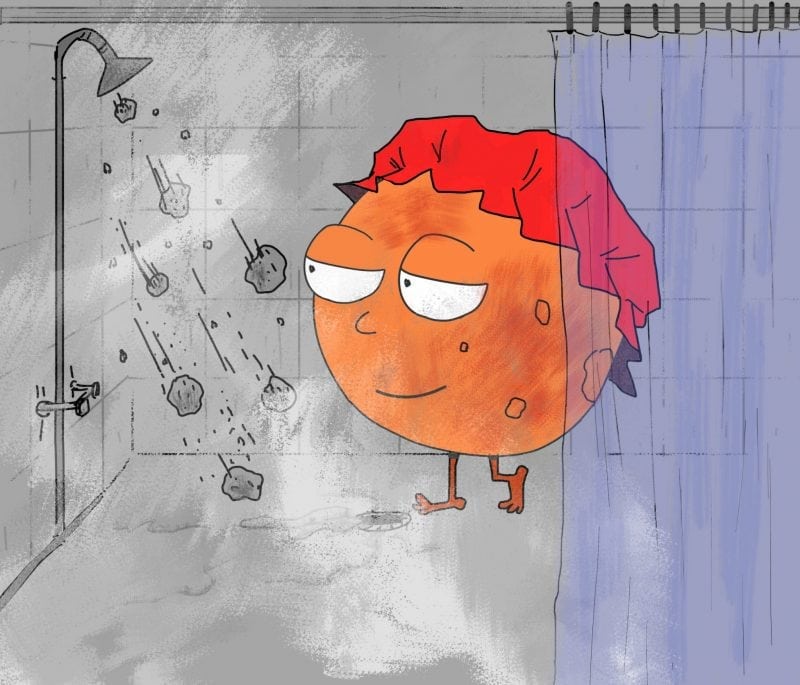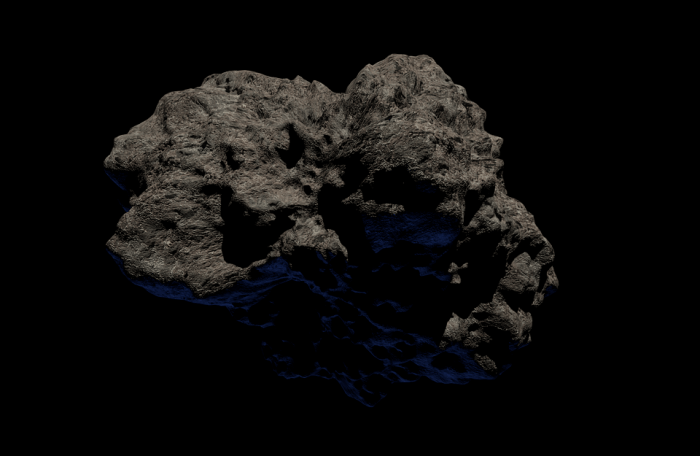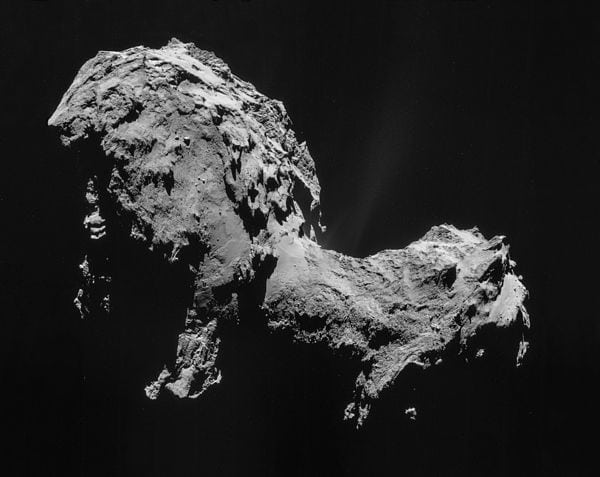Internal Gravity And Binding Energy Of Comets And Asteroids

The gravitational field outside a planet, a moon, an asteroid, or a comet is crucial for determining that body’s mass, density, and some details of…
Read more

The gravitational field outside a planet, a moon, an asteroid, or a comet is crucial for determining that body’s mass, density, and some details of…
Read more

Most of the surface of Mars is currently too cold, and the atmosphere is too thin, for liquid water to be present on the surface….
Read more

Titan, the largest satellite of Saturn’s system, is famous for being entirely covered by layers of thick orange haze, which are composed of organic aerosols….
Read more

Life as we know it is based on water and organic compounds. Studying how water and organics form, evolve and move within our Solar System…
Read more

The moon is considered to have experienced a magma ocean, with whole-body melting. Differentiation and crystallization of the melt formed today’s crustal Moon. Major elemental…
Read more

Our solar system contains a myriad of bodies with sizes ranging from a few meters to hundreds of kilometers. We call them asteroids. The most numerous…
Read more

Many mid-latitude impact craters on Mars are filled to variable degrees with a combination of ice, dust, and rocky debris. Ring-shaped surface features visible in…
Read more

Photographs of the nucleus of comet 67P/Churyumov-Gerasimenko show its unexpected shape: two ellipsoidal blocks called the Head and Body, connected by a “neck.” On the…
Read more

The poles of Mars host massive amounts of water ice in the form of polar caps, much like Earth’s Antarctica. In the north, a ~1.5…
Read more

The seventh most distant planet in our Solar System, Uranus, is orbited by the mid-sized regular satellites Miranda, Ariel, Umbriel, Titania, and Oberon (Figure 1)….
Read more

The Jovian moon Ganymede possesses an internally generated, present-day magnetic field. This finding was one of the most unexpected ones during the Galileo mission back in…
Read more